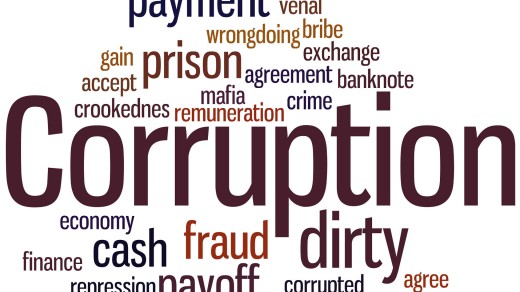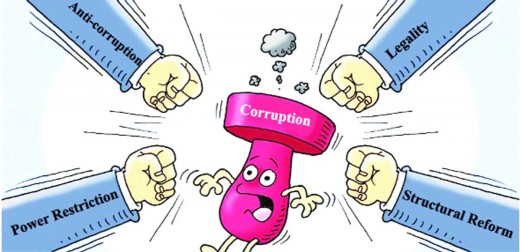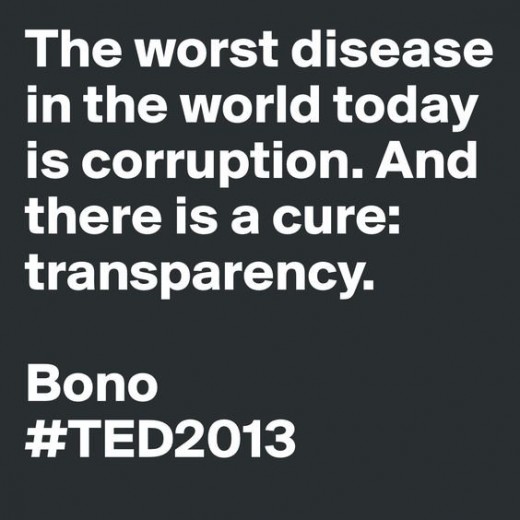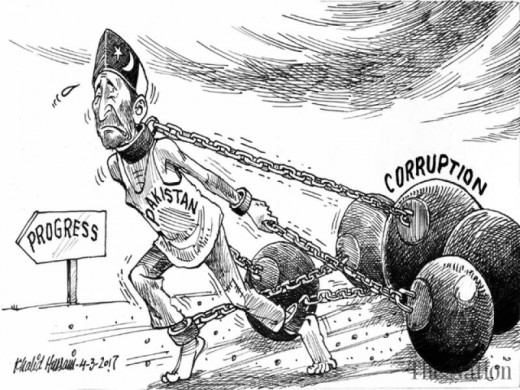Tackling Corruption: Can ISO be the Answer?

Corruption
Corruption, as defined by Transparency International, is the abuse of entrusted power for private benefit. All organizations, whether public-sector or corporate entities, for profit ventures or non-profit establishments, are vulnerable to such malaise. Corruption, as a rodent, sweeps the administrative machinery, causes economic retardation, stigmatizes the institutions and above all, germinates in deathless institutional flaws. With myriad causes, consequences and catalysts, the ultimate product remains same i.e. irreparable social retardation.

Fight Against Corruption
Policymakers, academics and practitioners, all alike, have devised strategies to eradicate such menace at multiple occasions. The literature teems with anti-corrupt advocacies. Internationally, United Nations Convention Against Corruption (UNCAC) has been endorsed by 140 countries. Thirty-eight countries ratify the guidelines to combat corruption backed by the Organization for Economic Cooperation and Development (OECD). In the same way, to assure juridical integrity within borders, countries have adopted legislative maneuvers on national-scales.

Bribery
Bribery is considered one of the most notorious types of corruption. Some of the harsh consequences specific to bribery includes lower competition, trust-deficit, unethical conduct and reduced international trade etc. According to an estimate of World Bank, annually, about $1.5 trillion are paid in bribes. Such money can be routed for developmental purposes. For instance, merely contributing a part of it for social uplift can have efficacious outcomes in any of the destitute regions.

Solution
On the cure side, the issue is condemned and has received attention. One can find ample legislative measures addressing graft. Most of the times legislative checkouts are focused more on retribution than prevention. Chiefly, the stipulated inspections are carried by internal auditors. Experts second otherwise. They stress to have a third-party perform scrutiny in a neutral manner. The scope of stakeholders needs to expand so as to encompass all citizens. And, that there should be a yardstick sort of mechanism that can, at least, ensure compliance of norms.

ISO 37001
The propositions stated above no more depict a utopia. International Organization for Standardization (ISO) has the answer. The recently developed ISO 37001: Anti-bribery management system offers an all-inclusive bribery-prevention combo. It addresses the issue from multiple angles with inclusion of maximum stakeholders. The standard, voluntary in nature, if adopted, obligates the particular organizational entity to sketch out an anti-bribery policy and ensure its strong compliance. In addition, bribery risk assessments are carried at periodic intervals and an effective whistle blowing mechanism is enacted. Further, the standard oversees the tendering process and features enforcing a decentralized organizational model in which duties are segregated so as to reduce any attempts of personalization.
Since its development in October 2016, ISO 37001: Anti-bribery management system, has received due recognition. The standard has received endorsement from governments in Singapore, Malaysia and China. Principal standardization organizations in each of the three countries have launched their own editions of ISO 37001. In Peru, it is encouraged officially for the national public-procurement activies processes to abide by the clauses of ISO 37001. On the corporate side, Microsoft deems the initiative to address corruption on a worldwide scale. Another US-corporate giant, Wal-Mart, has also announced plans to seek the certification. Unlike other counter-corruption schemes, most of which focuses on either demand-side or the supply side, ISO 37001, fortuitously, addresses the issue from both sides.

Case of Pakistan
For Pakistan, the issue of corruption, particularly the pervasive bribery, is eroding the institutional structure. The country ranks 117/180 in the Transparency International’s latest Corruption Perception Index. Deplorably enough, TRACE International places Pakistan in the lowest ranks in its Bribery Risk Matrix. According to various reports, some of the crucial national institutions such as police, judiciary and the taxation departments are more prone to bribery. ISO 37001 can play a significant role. Although it is premature to speak of its promised effectiveness, the internationally standardized hit-graft touchstone omens irrefutable pro-integrity strides for Pakistan.








